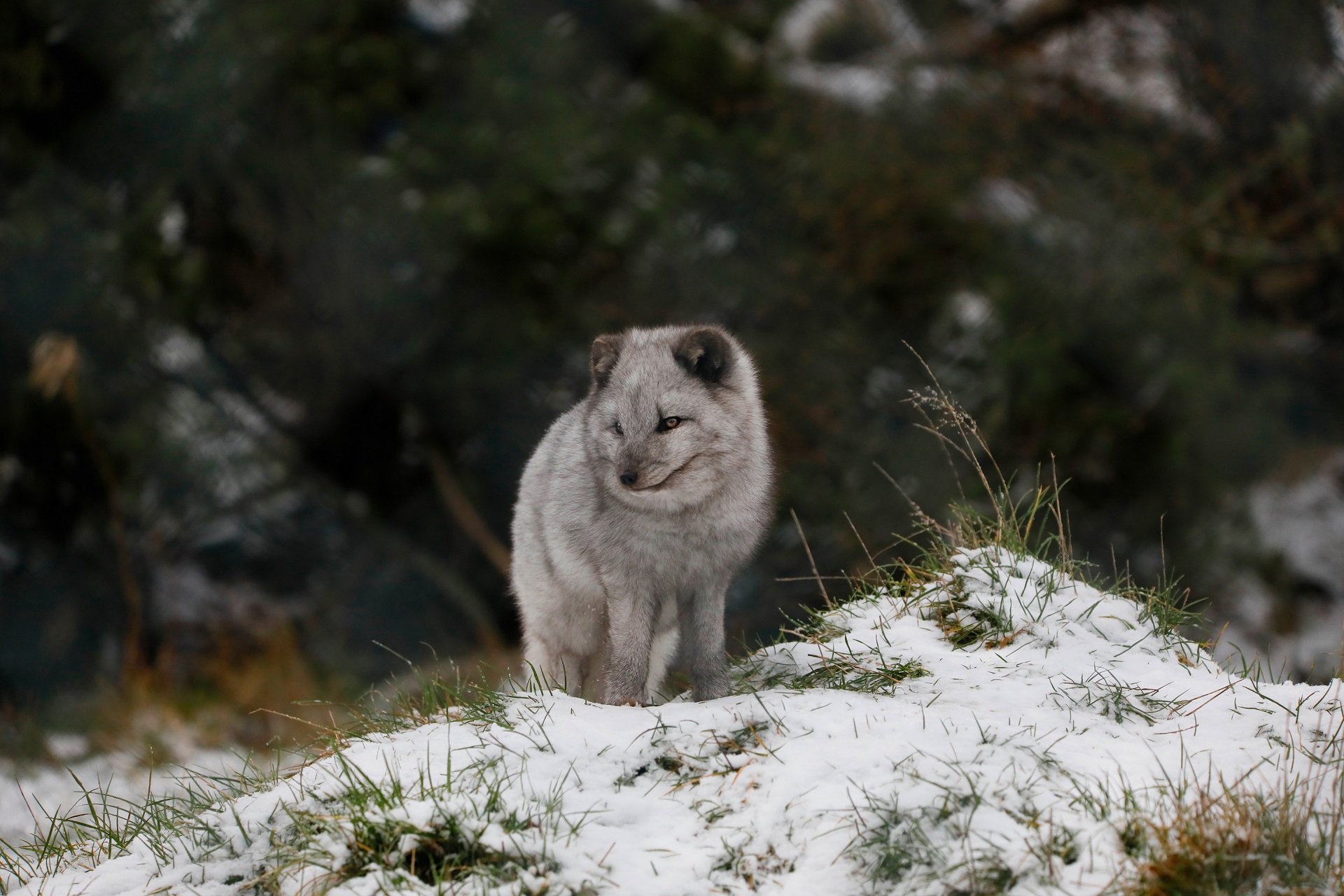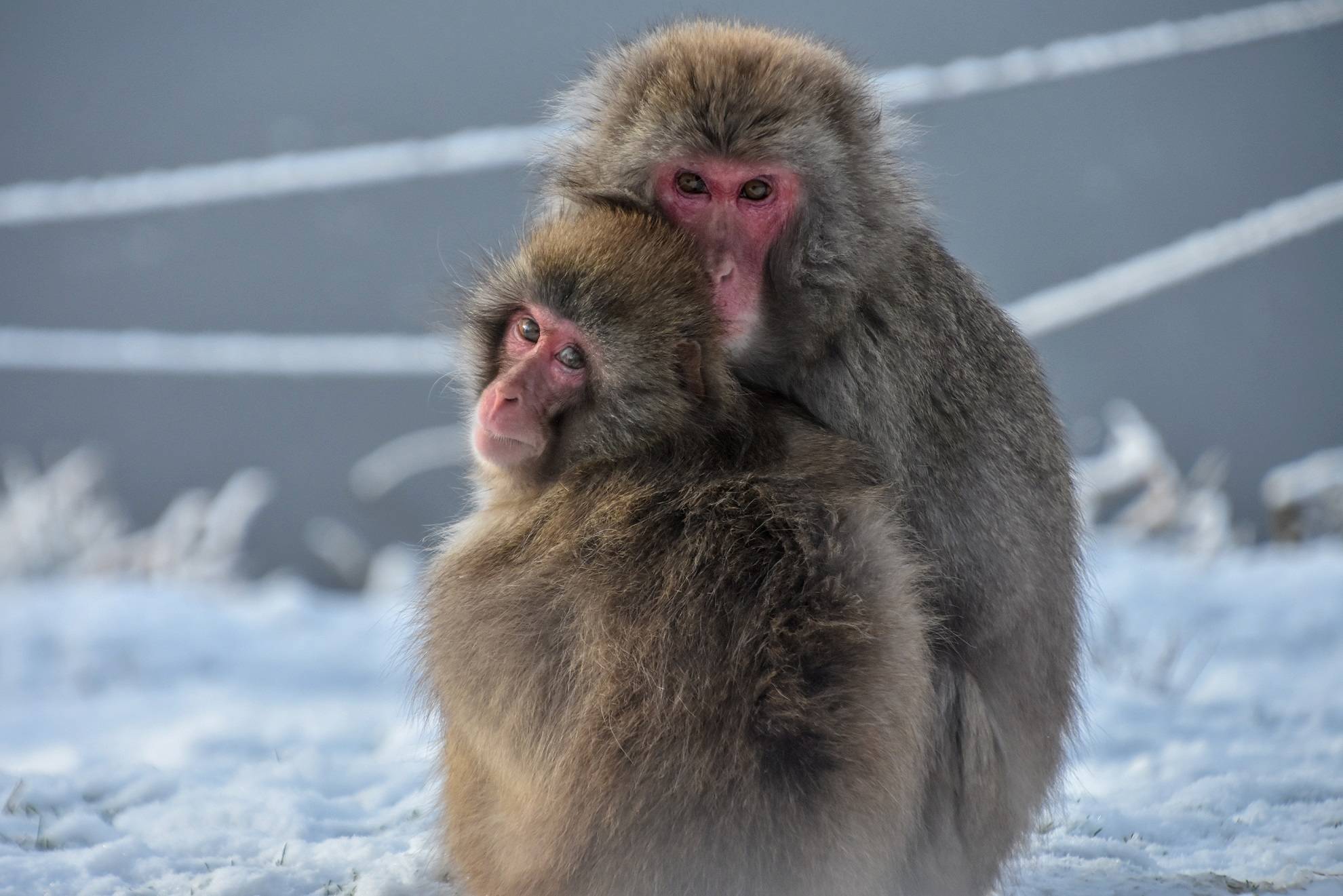Arctic fox
Vulpes lagopus

We have two Arctic foxes: Jack and Sarah.
Sarah was born at the park in 2019, while Jack arrived from Rostock Zoo in October 2022. You will often spot this fluffy duo lounging and sunbathing in their enclosure as they're not at all shy.
Arctic foxes are creatures of the far north. Their primary habitat is the Arctic regions of places like Canada, Alaska, Greenland and Norway.
They are well-adapted to the extreme cold - they have dark skin beneath their dense fur to absorb and hold heat. Even their paws are covered in thick hair, muffling their footsteps during hunts.
Their iconic and striking white winter coat is both insulating and camouflaging. As the summer nears, their fur has a dramatic transformation - it thins out and changes colour, becoming darker above and lighter beneath.
Population
Stable
Diet
Carnivore
Habitat
Polar
Fact file
Arctic foxes are also known for reusing their dens, with some underground homes being centuries old
They have the densest fur of any land mammal. Their fur is so effective that they can withstand temperatures as low as -50°C
They often follow polar bears, scavenging the leftovers from their hunts
They plan ahead by storing food when there's plenty about, saving it for times of the year when food is harder to find
![Arctic fox Sarah with white winter coat looking at camera [eye contact] IMAGE: Amy Middleton 2023](https://images.rzss.org.uk/media/Highland_Wildlife_Park/HWP_animals/Arctic_fox/arctic_fox_3.jpg)
How we're helping
Like all the animals in our care our foxes are amazing ambassadors for their relatives in the wild and help hundreds of thousands of people connect with nature every year. They encourage visitors to learn about the threats facing wildlife and the action they can take to help create a world where nature is protected, valued and loved.
As a wildlife conservation charity, we care for the animals here at the zoo and work to protect species at risk around the world. From providing expertise in genetics and veterinary health, to protecting wild places with local conservation partners, and even restoring threatened species to the wild, we are active where we are needed most.
Find out more about RZSS conservation
